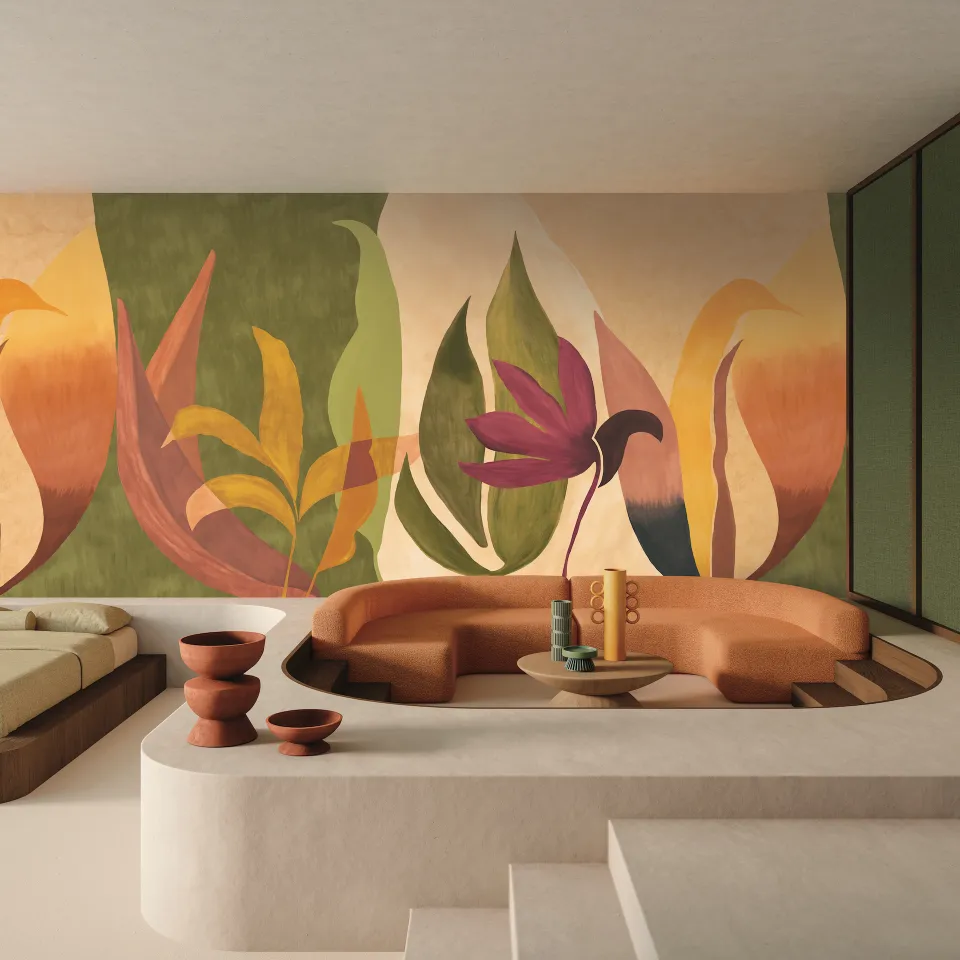- Home
- Innovative Adhesive Solutions for Enhanced Furniture Manufacturing Efficiency and Quality Assurance
Aug . 12, 2024 12:56 Back to list
Innovative Adhesive Solutions for Enhanced Furniture Manufacturing Efficiency and Quality Assurance
The Benefits of Sticky Paper for Furniture Manufacturers
In the ever-evolving furniture manufacturing industry, efficiency and quality are paramount. As companies strive to minimize costs and maximize productivity, innovative materials and techniques play a critical role. One such innovation gaining traction among furniture manufacturers is the use of sticky paper. This versatile material is revolutionizing various aspects of production, from assembly to packaging, providing numerous benefits that enhance operational efficiency and product quality.
Understanding Sticky Paper
Sticky paper, often referred to as adhesive paper, is a type of material with a pressure-sensitive adhesive on one side. It adheres to surfaces without the need for additional glue or tools, making it incredibly user-friendly. Available in various sizes, thicknesses, and adhesive strengths, sticky paper can be customized to meet the specific needs of furniture manufacturers.
Streamlining Production Processes
One of the significant advantages of sticky paper in furniture manufacturing is its ability to streamline production processes. During assembly, sticky paper can be used to temporarily hold parts in place, allowing workers to focus on precision without the distraction of traditional fasteners. This reduces assembly time and minimizes the risk of errors, ultimately leading to higher productivity.
Moreover, sticky paper can facilitate easier labeling of components. When each piece of furniture is accompanied by its corresponding assembly instructions and part labels, manufacturers can ensure that the final products are assembled correctly, enhancing overall quality control. This cut down on costly mistakes and reworks, saving both time and resources.
Enhancing Surface Protection
sticky paper for furniture manufacturers

Another critical application of sticky paper in the furniture industry is surface protection. During manufacturing, furniture pieces are often exposed to dust, scratches, and other potential damage. By applying sticky paper to crucial surfaces, manufacturers can safeguard their products against these risks. This protective layer can be easily removed after production, leaving the finished product in pristine condition, which is especially important for high-end furniture items.
Packaging and Shipping Advantages
In addition to its uses in production, sticky paper is also beneficial in the packaging and shipping stages. It can be employed to secure packaging materials, ensuring that products remain intact during transit. This reduces the likelihood of damage, which is a critical factor in customer satisfaction and brand reputation. By minimizing product loss or damage, manufacturers can save on replacement costs and bolster their bottom line.
Furthermore, sticky paper can be used for efficient branding. Labels and logos can be printed directly onto the sticky paper, allowing for easy identification of products. This not only enhances brand visibility in retail settings but also aids in inventory management.
Customization and Cost-Effectiveness
Finally, the customization options available with sticky paper make it a cost-effective solution for furniture manufacturers. Manufacturers can choose adhesive strengths, colors, and sizes aligned with their specific needs. This flexibility reduces waste and allows for more efficient use of resources, which is a crucial aspect of any manufacturing process.
In conclusion, sticky paper is an invaluable tool for furniture manufacturers looking to enhance their production processes, improve quality, and ensure customer satisfaction. Its versatility in assembly, protection, packaging, and branding positions it as a must-have material in the modern furniture manufacturing landscape. Embracing this innovation not only helps manufacturers streamline operations but also fosters a commitment to excellence that benefits both businesses and consumers alike. As the industry continues to evolve, the strategic use of sticky paper will undoubtedly pave the way for more efficient and effective furniture manufacturing practices.
Latest news
-
High-Quality Bathroom Cabinet Contact Paper – Durable & Stylish Leading Suppliers, Exporters, Manufacturers
NewsJul.08,2025
-
Premium Wood Contact Paper for Desk – Reliable Suppliers & Exporters
NewsJul.08,2025
-
Premium Contact Paper for Table Top – Durable & Stylish Surface Solution from Leading Manufacturer
NewsJul.07,2025
-
Duplex Board with Grey Back - Reliable Supplier & Competitive Price Manufacturer & Exporter
NewsJul.07,2025
-
Premium White Contact Paper on Cabinets – Trusted Exporters & Suppliers
NewsJul.06,2025
-
High-Quality Duplex Board Packaging for Food Reliable Manufacturer & Supplier
NewsJul.06,2025

